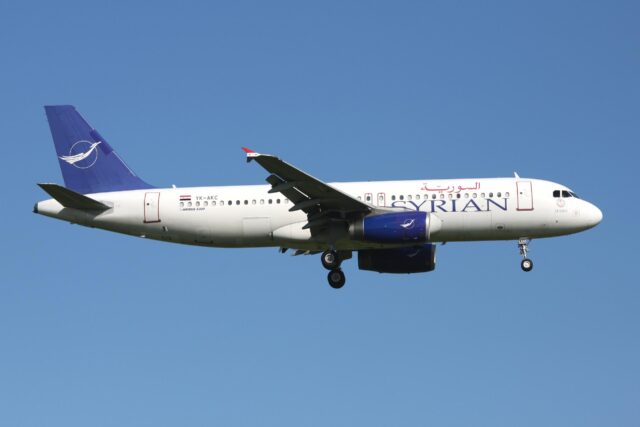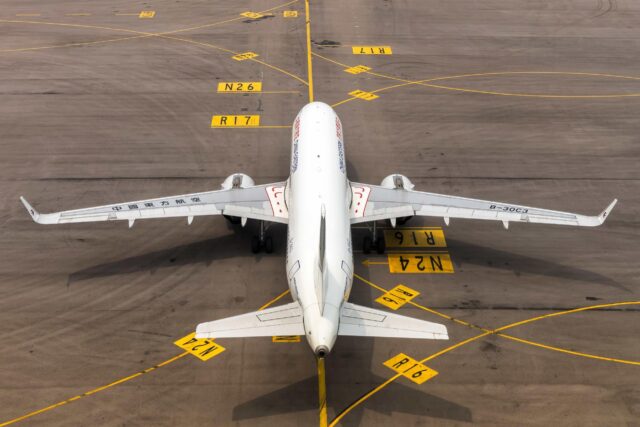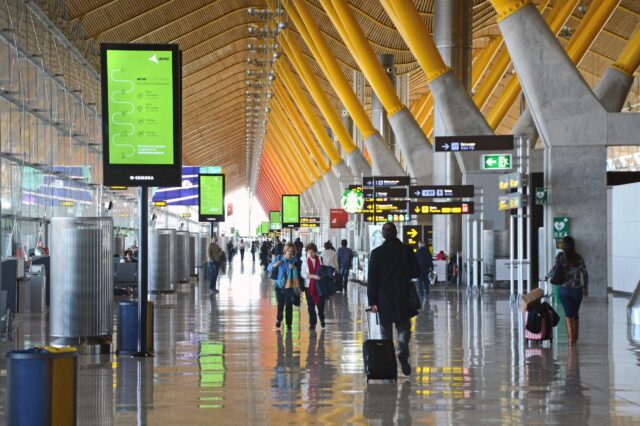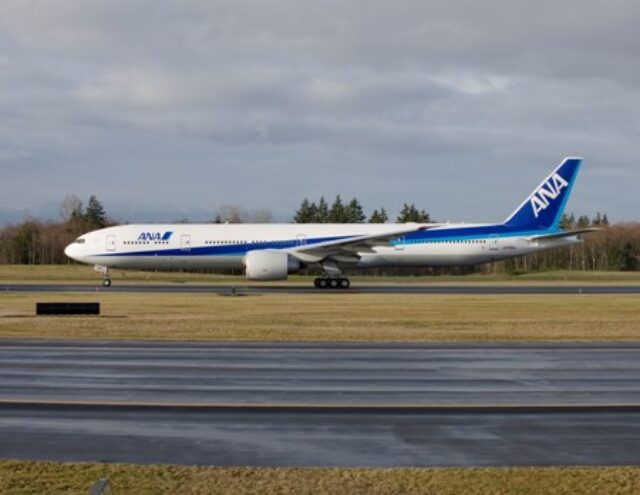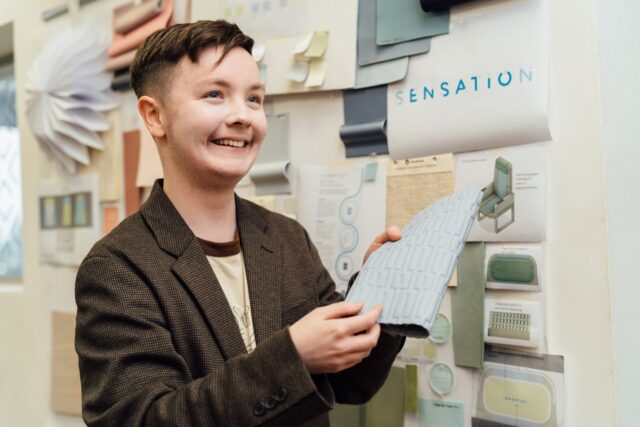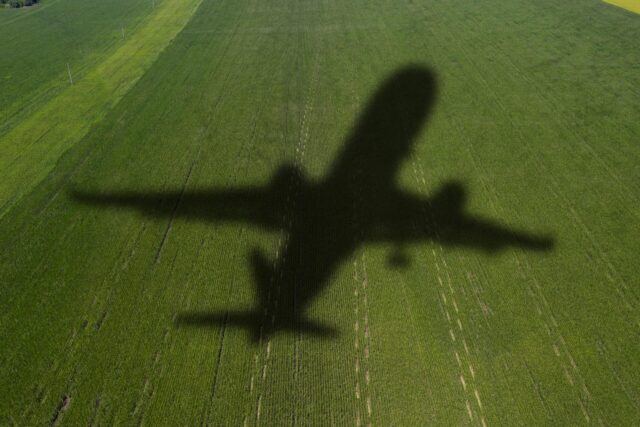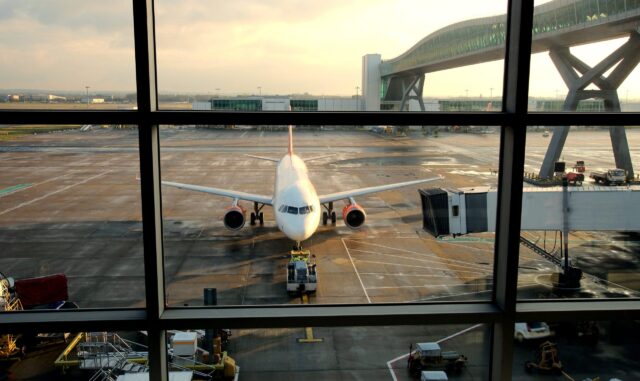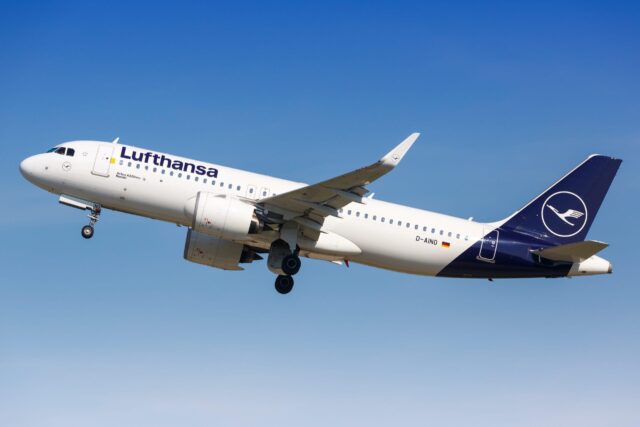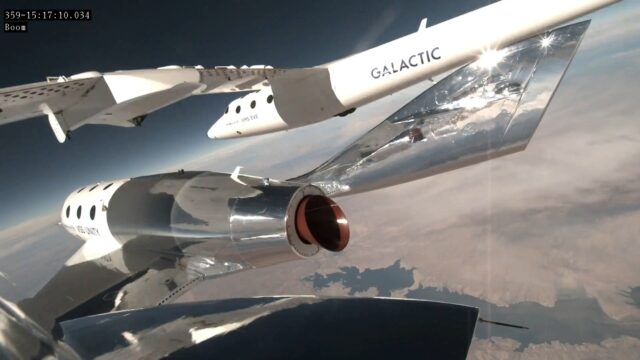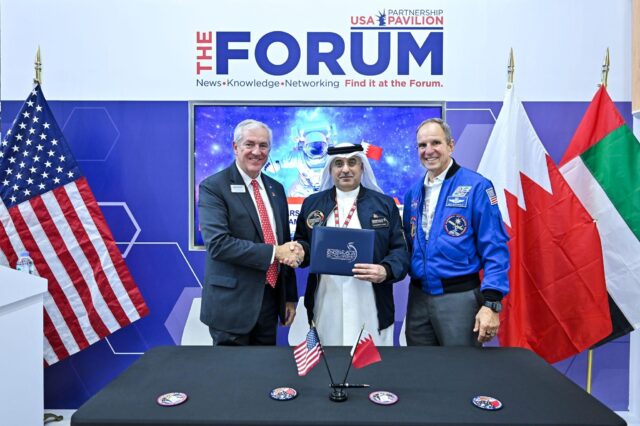Edgewing: GCAP 6th generation fighter jet moves a step closer as JV formalised

June 24, 2025

The partners developing the UK’s 6th generation fighter jet have formalised their collaboration with the launch and naming of their joint venture.
Bringing together BAE Systems (UK), Leonardo (Italy) and Japan Aircraft Industrial Enhancement (Japan), Edgewing was officially named on 20 June 2025 and will serve as the design authority for the 6th generation jet.
Each partner holds an equal stake in Edgewing of 33.3%, and while it will be headquartered in the UK, it will also have joint teams and development hubs in Italy and Japan.
The board of directors is formed of executives from each of the three partners. Herman Claesen, a senior leader at BAE systems, will take the first stint as chair of the board, while Marco Zoff, formerly the managing director of Leonardo’s aircraft division, will be the first CEO of Edgewing.

“We aim to set a new global standard for partnership, innovation and trust,” Zoff said. “Together, we will push boundaries, embrace agility, enhance our national supply chains and create a legacy of security and prosperity for our nations and future generations.”
The 6th generation fighter jet is being explored under the Global Combat Air Programme (GCAP). It’s expected to enter service in 2035.
How will Edgewing push forward the development of the UK’s 6th generation fighter?
The remit of Edgewing is to develop a next generation combat aircraft to replace the Eurofighter Typhoon in the UK and Italy and the Mitsubishi F-2 in Japan.
This 6th generation fighter jet will be designed to push the envelope, with improvements in stealth, supersonic performance, AI-enabled manned-unmanned teaming, advanced sensors and much more.
Forming Edgewing to consolidate the expertise of the partners will help streamline decisions and facilitate risk management across borders. It eliminates the siloed development seen in past projects and ensures aligned delivery across the three nations.

Facing an ambitious timeline, Edgewing will rely on digital tools to accelerate development. These include digital twin technology, AI-powered simulation and advanced modelling, doubling down on the ‘digital first’ mantra of the GCAP program to cut costs and speed up development.
Edgewing is responsible for producing and flying a GCAP technology demonstrator by 2027. The aircraft, a Boeing 757, is internally codenamed Excalibur, and will validate critical technologies like stealth, new propulsion architecture, AI interfaces and combat systems.
A full production aircraft is expected from 2035.
What do we know about the UK-Italy-Japan CGAP 6th generation fighter so far?
Despite having a decade to wait until the first GCAP 6th generation fighter flies, there have been plenty of updates on what the partners want it to be. So far, we know they are building an aircraft with:
- Adaptive cycle engines: An advanced type of jet engine designed to dynamically change how air flows through them, adapting to different flight conditions to optimise performance, fuel efficiency, and thermal management.
- Advanced avionics: Digital cockpits with virtual helmet displays and AI-driven assistants
- Manned-unmammed teaming capabilities: The ability to control drone ‘wingmen’ and to operate optionally piloted fighter jets from one control jet within a connected battlespace
- Directed energy weapons: Using electromagnetic or particle energy to damage or disable targets
- Sensor fusion and networked warfare: Real-time data integration across platforms, and capabilities for cyber and electronic warfare

In a recent RAF podcast, it was suggested that the GCAP fighter will have double the internal weapon capacity of the F-35, and that time would be able to cross the Atlantic on its own fuel.
Essentially, the 6th generation fighter for GCAP will be a twin engine, optionally piloted aircraft with global range, heavy weapons and advanced systems. Many of these elements are still under development, but with the formation of Edgewing, the real progress can begin.

